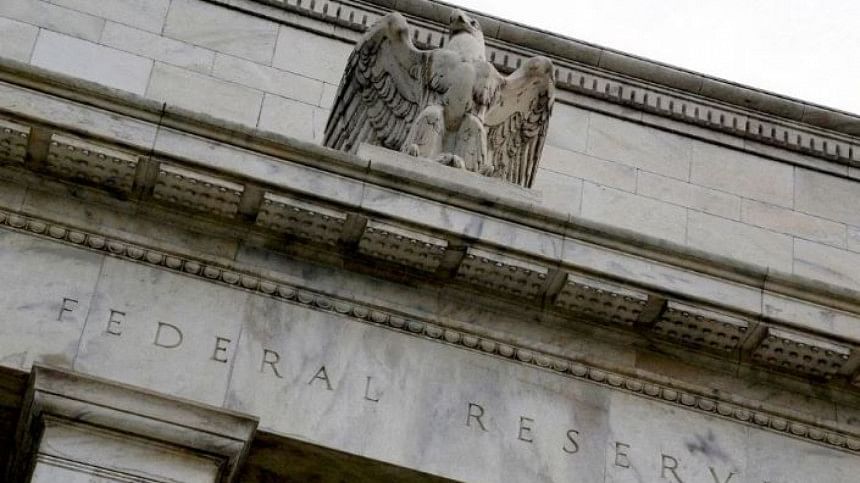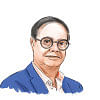Fed likely to hike rates, hint at pause in tightening cycle

The Federal Reserve is expected on Wednesday to raise interest rates and perhaps signal a pause in its 14-month tightening cycle, as policymakers balance the need to slow inflation against a pressing set of risks ranging from bank failures to the possibility of a U.S. debt default as soon as next month.
Investors anticipate the U.S. central bank will follow through with a quarter-percentage-point rate hike at the end of its latest two-day policy meeting. The policy statement is due to be released at 2 p.m. EDT (1800 GMT), with Fed Chair Jerome Powell scheduled to speak to reporters half an hour later.
But the new statement, and Powell's elaboration on it, will have to reconcile a set of risks that have grown more into conflict.
Inflation has been falling only slowly, leaving some Fed officials unconvinced that interest rates have moved high enough to truly control it; yet the economy itself appears to be weakening, a trio of recent bank failures has raised concern about broader trouble in the financial sector, and the unsettled nature of debt limit talks between Republicans in Congress and the Democratic-controlled White House could trigger an acute crisis if the U.S. government is forced to stop paying its bills.
As of March, 10 of 18 Fed policymakers indicated they were likely ready to halt the rate hikes after one more increase, expected at this week's meeting, lifts the Fed's benchmark overnight interest rate to the 5.00%-5.25% range.
Between that consensus and other problems that have intensified in the meantime, the Fed is likely to at least open the door to the prospect that this hike will be the last of the current tightening cycle, absent a future inflation surprise.
Just as the central bank had to grapple at its March 21-22 meeting with the fallout from the failures of Silicon Valley Bank and Signature Bank, policymakers this time had to assess the collapse of First Republic Bank and determine if the financial sector faces broader turmoil, or is likely to make credit even less accessible and more expensive than the Fed feels is necessary to cool inflation.
The tradeoff for moving forward with a rate increase this time "may be that Powell has to adopt a less forward-leaning tone in terms of prospects for additional tightening at the following meeting," Krishna Guha, a former New York Fed official who is now vice chairman of Evercore ISI, wrote in a note ahead of the policy decision.
Hints about the Fed's direction will come first from the rate-setting Federal Open Market Committee's new policy statement, which as of March said that the central bank "anticipates that some additional policy firming may be appropriate in order to attain a stance of monetary policy that is sufficiently restrictive" to lower inflation.
That phrase is consistent with what officials outlined in economic projections issued at the March meeting, when they saw at least one further rate increase in the cards.
In 2019 and 2006, when the Fed shifted gears in an environment when it had been raising borrowing costs, it swapped language leaning towards higher rates for more neutral guidance - saying in June 2006 for example that "the extent and timing of any additional firming ... will depend on the evolution of the outlook for both inflation and economic growth."
With rate increases hardwired into the Fed's statement since January 2022, "we think the FOMC is likely to soften its forward guidance on additional rate hikes," HSBC analysts wrote, particularly now that the policy rate after this meeting will hit the peak most Fed officials had projected.
Doing otherwise might hint that those projections had changed, a hawkish tilt towards more rate hikes that the Fed won't want to close off but also won't want to guarantee.

 For all latest news, follow The Daily Star's Google News channel.
For all latest news, follow The Daily Star's Google News channel. 








Comments